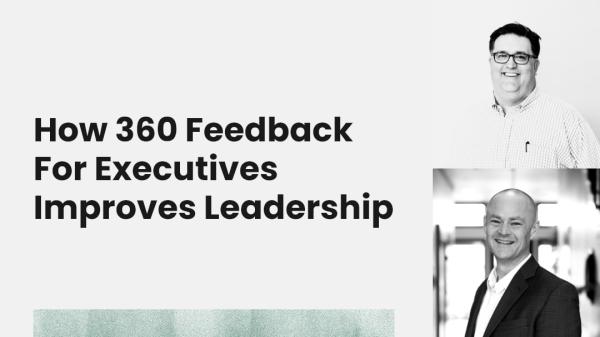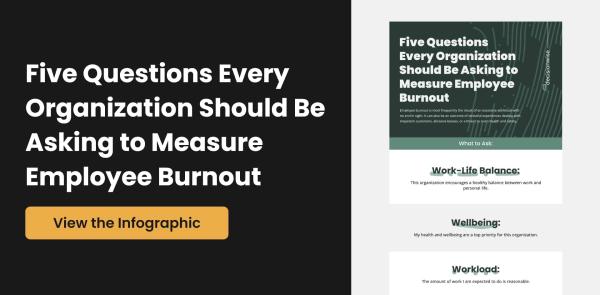Ever since Zaiad Khan’s TikTok video about quiet quitting went viral at the end of July, 2022, the media has had a field day with the term. Some claim that half the workforce is made up of quiet quitters. People who are unhappy with the label prefer to say: “acting your wage,”, and in response to perceived slacking, some recommend “quiet firing” as a solution.
The History of Quiet Quitting
However, the term “quiet quitting” has been around for a while. Economist, Mark Boldger, coined the term in 2009 at an economics symposium to describe worker attitudes in Venezuela at the time. In his TikTok video, Kahn says:
“You’re not outright quitting your job, but you’re quitting the idea of going above and beyond. You’re still performing your duties, but you are no longer subscribing to the hustle culture mentality that ‘work has to be your life.’ The reality is, it’s not, and your worth as a person is not defined by your labor.”
The resurgence of the phrase is timely, given the disruption caused by the COVID-19 pandemic and its impact on the workforce. Throughout this time, we have been measuring employee perceptions and have seen some significant shifts in employee attitudes.
2020
At the onset of the pandemic, most organizations went above and beyond to keep workers safe and make accommodations. At first, working from home was a temporary challenge until many found that it provided new levels of work-life balance and general wellness. According to our surveys employees felt more or as productive working from home, had higher perceptions of their organization as a great place to work, and were more engaged in their jobs.
2021
Things changed in 2021. Supply chain disruptions and earlier layoffs increased the workload for remaining employees while recruiters struggled to hire to meet demand. Survey results showed a significant decrease in employee perceptions of workload and stress management and employee engagement. To the chagrin of happy employees working from home, most organizations implemented back-to-the-office work policies. With a hot employee market, many people began looking around for other opportunities and the “great resignation” began.
More Quiet Quitters
As many employees had a chance to reflect on their pre-pandemic work-life, expectations shifted, and more quiet quitters emerged. Some workers highly prioritize work-life balance which affects the amount of effort they put into their work and their engagement in their job. In this sense, quiet quitting is an intentional decision to disengage more from work. Employee engagement, according to DecisionWise, is “an emotional state in which we feel passionate, energetic, and committed to our work. In turn, we fully invest our best selves—our hearts, spirits, minds, and hands—in the work we do.”
Employee Burnout
According to our survey results, those who are not engaged in their work disagree more frequently with statements about workload, stress, growth opportunities, and feeling heard. These feelings, if left unchecked, eventually detract from engagement and lead to employee burnout. These perceptions are frequently concentrated in specific overburdened departments or job roles.
How to Measure Quiet Quitting
Quiet quitters show up in our survey data by answering mostly “neutral” to questions that measure the overall level of employee engagement. We call this segment the “Opportunity Group” because they haven’t fully checked out and have potential to re-engage if their work experience improves. Here are a few engagement anchor questions to measure the outcome of an employee’s overall experience:
- Most days, I look forward to my work.
- Time passes quickly during my workday.
- It is easy to become engaged in my job.
Measuring Employee Burnout
Employee burnout is most frequently the result of an excessive workload with no end in sight. It can also be an outcome of stressful experiences dealing with impatient customers, abrasive bosses, or a threat to one’s health and safety. We have used these questions extensively to measure the level of burnout in organizations since the start of the pandemic:
- This organization encourages a healthy balance between work and personal life.
- My health and wellbeing are a top priority for this organization.
- The amount of work I am expected to do is reasonable.
- The level of stress in my job is manageable.
- Adequate measures are taken to ensure employee safety.
What to Do
Use employee burnout questions on your annual employee survey and on pulse surveys with affected employee populations. More importantly, use an employee survey platform that will identify the specific employee populations where burnout is most acute. Be sure to communicate your plan of action to make improvements and start doing something. Employees will be frustrated if they see no results from their feedback. If you are unable to make improvements right away, set expectations and provide a timeframe for change. Employees will want to invest in their work if they see their organization investing in their well-being.




